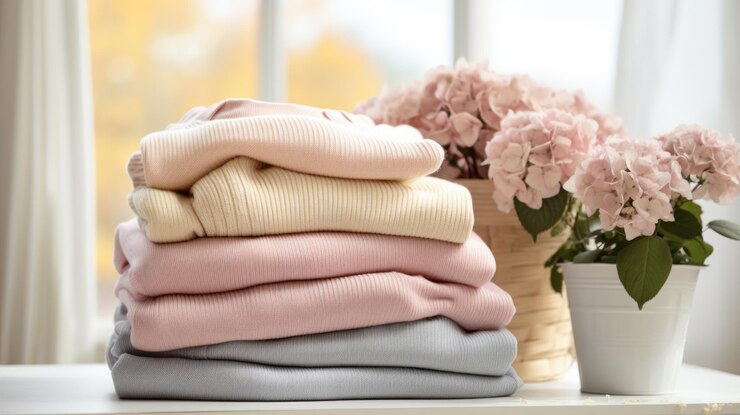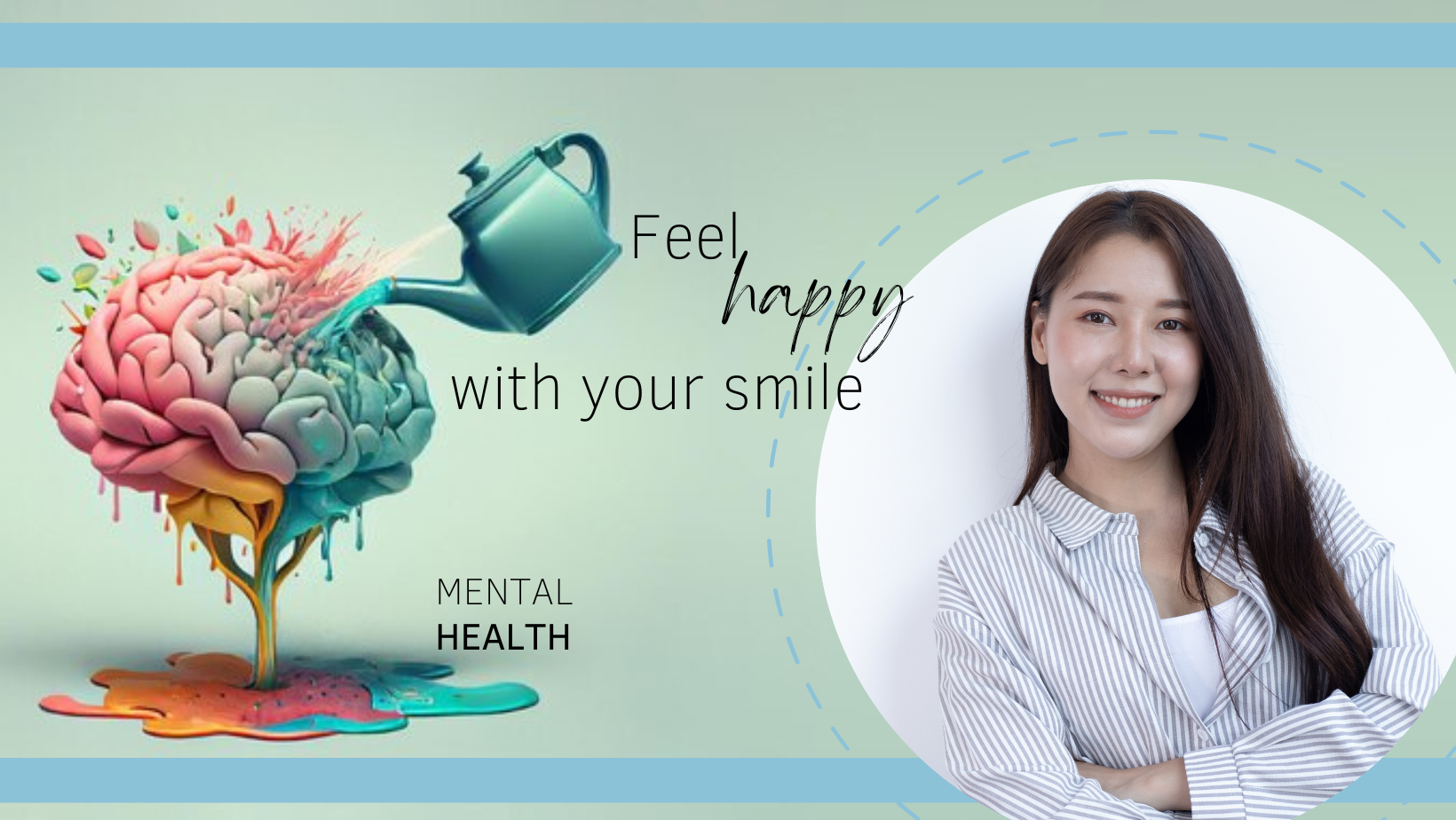Introduction
In this introductory section, we set the stage for the article by emphasizing the importance of proper preparation for a mental health hospital stay. The keyword “mental health” is strategically placed to convey the focus of the content, signaling to search engines that the article provides valuable information in this specific niche.
Table of Contents
1. Comfortable Clothing

Here, we highlight the significance of packing comfortable clothing for a mental health hospital stay. The keyword “mental health” is woven into the discussion, emphasizing how the right clothing contributes to the overall comfort and well-being of individuals undergoing mental health treatment.
2. Personal Hygiene Essentials
This section emphasizes the relationship between personal hygiene and mental health. By including the keyword “health,” we convey the message that maintaining personal hygiene is not only a physical necessity but also plays a crucial role in supporting one’s mental and emotional well-being during a hospital stay.
3. Snacks and Comfort Foods
We explore the connection between familiar snacks and comfort foods with health. The keyword “health” is seamlessly integrated to underline the importance of these items in providing a sense of normalcy and emotional support during a stay in a health facility.
4. Entertainment and Distractions
Here, we discuss the role of entertainment and distractions in supporting health. By incorporating the keyword “mental health,” we signal that these activities are not just for leisure but also serve as essential coping mechanisms for individuals navigating mental health challenges.
5. Writing Materials

In this section, we explain how writing materials contribute to mental health care. The keyword “mental health” reinforces the therapeutic aspect of journaling and expressing thoughts, showcasing the importance of this practice during a stay in a health hospital.
6. Contact Information and Support System
We discuss the significance of maintaining a support system during a mental health hospital stay. By incorporating the keyword “mental health,” we underscore the interconnectedness of personal relationships and mental well-being, encouraging individuals to stay connected with their support networks.
7. Comfort Items from Home
This section elaborates on the emotional significance of personal items from home in a mental health setting. The keyword “mental health” is strategically placed to convey that these comfort items play a role in creating a supportive and familiar environment, positively impacting an individual’s mental health.
8. Medication and Prescription Information
Here, we emphasize the importance of medication in mental health treatment. The keyword “mental health” is utilized to highlight the seamless integration of medication management into the overall mental health care plan during a hospital stay.
9. Comfortable Footwear
In this section, we discuss the relevance of comfortable footwear in promoting overall comfort during a mental health hospital stay. The keyword “mental health” is integrated to underscore the holistic approach to well-being, emphasizing that even seemingly small details like footwear contribute to mental health care.
10. Mindfulness and Relaxation Tools

We explore the connection between mindfulness tools and mental health. By using the keyword “mental health,” we convey that these tools are not just relaxation aids but are specifically beneficial for individuals undergoing mental health treatment in a hospital setting.
11. Clothing for Outdoor Activities
This section highlights the positive impact of outdoor activities on mental health. By integrating the keyword “mental health,” we emphasize that suitable clothing for outdoor ventures contributes to a holistic approach to mental well-being, incorporating both indoor and outdoor aspects of care.
12. A Positive Mindset
In the concluding section, we wrap up the article by stressing the importance of a positive mindset in mental health care. The keyword “mental health” is reinforced to underscore the overarching theme of the article – that a positive mindset is a crucial element in one’s mental health journey, especially during a hospital stay.
Conclusion
The concluding paragraph summarizes the key takeaways, reiterates the importance of the keyword “mental health,” and emphasizes that the tips provided contribute to a positive and supportive mental health hospital experience.
FAQ’s
12 Tips on What to Pack for a Mental Health Hospital: Your Comprehensive Guide
A: Packing for a mental health hospital can help you feel more prepared and comfortable for your stay. It can also reduce stress and anxiety by ensuring you have the things you need and want.
Q: What are some essential clothing items to pack?
A: You should pack comfortable clothing that is easy to wash and wear. Avoid anything that is too tight or constricting. You may also want to pack a few changes of clothes in case you are there for a longer stay.
Q: What are some personal hygiene and toiletry items to pack?
A: You should pack your favorite toiletries to help you feel refreshed and clean. This can include items like shampoo, conditioner, soap, deodorant, and a toothbrush. You may also want to pack some feminine hygiene products if you need them.
Q: What are some medications and prescription details to pack?
A: If you are on any medications, be sure to pack them with you. You will also want to pack any vitamins or supplements you take. You should also bring a list of your medications, dosages, and prescribing doctors.
Q: What are some important documents and identification to pack?
A: You should pack some documents and identification that can help you with the admission process and your treatment. This can include your health insurance card, driver’s license, passport, or other forms of ID. You may also want to pack some copies of your medical records, diagnosis, and treatment plan.
Q: What are some comfort items and familiar objects to pack?
A: You should pack some items that can help you feel more at home and supported while you are in the hospital. This can include photos of your loved ones, a favorite book, blanket, pillow, stuffed animal, or anything else that makes you happy.
Q: What are some entertainment and distraction items to pack?
A: You should pack some items that can help you pass the time and keep your mind occupied. This can include books, magazines, puzzles, games, music, headphones, or anything else that you enjoy.
Q: What are some writing materials and journals to pack?
A: You should pack some writing materials and journals that can help you express yourself and reflect on your experience. This can include pens, pencils, notebooks, diaries, or anything else that you like to write with.
Q: What are some self-care items to pack?
A: You should pack some items that can help you relax and cope with stress. This can include stress balls, aromatherapy, candles, lotion, or anything else that you find soothing.
Q: What are some communication items to pack?
A: You should pack some items that can help you stay in touch with your loved ones and your support network. This can include your phone, charger, contact list, or anything else that you need to communicate.
Q: What are some dietary items to pack?
A: You should pack some items that can help you meet your nutritional needs and preferences. This can include snacks, drinks, supplements, or anything else that you like to eat or drink.
Q: What are some tips for creating a supportive environment in your room?
A: You should try to make your room as comfortable and personalized as possible. You can do this by decorating your room with your favorite colors, posters, or artwork. You can also bring some plants, flowers, or other natural elements to brighten up your space.

